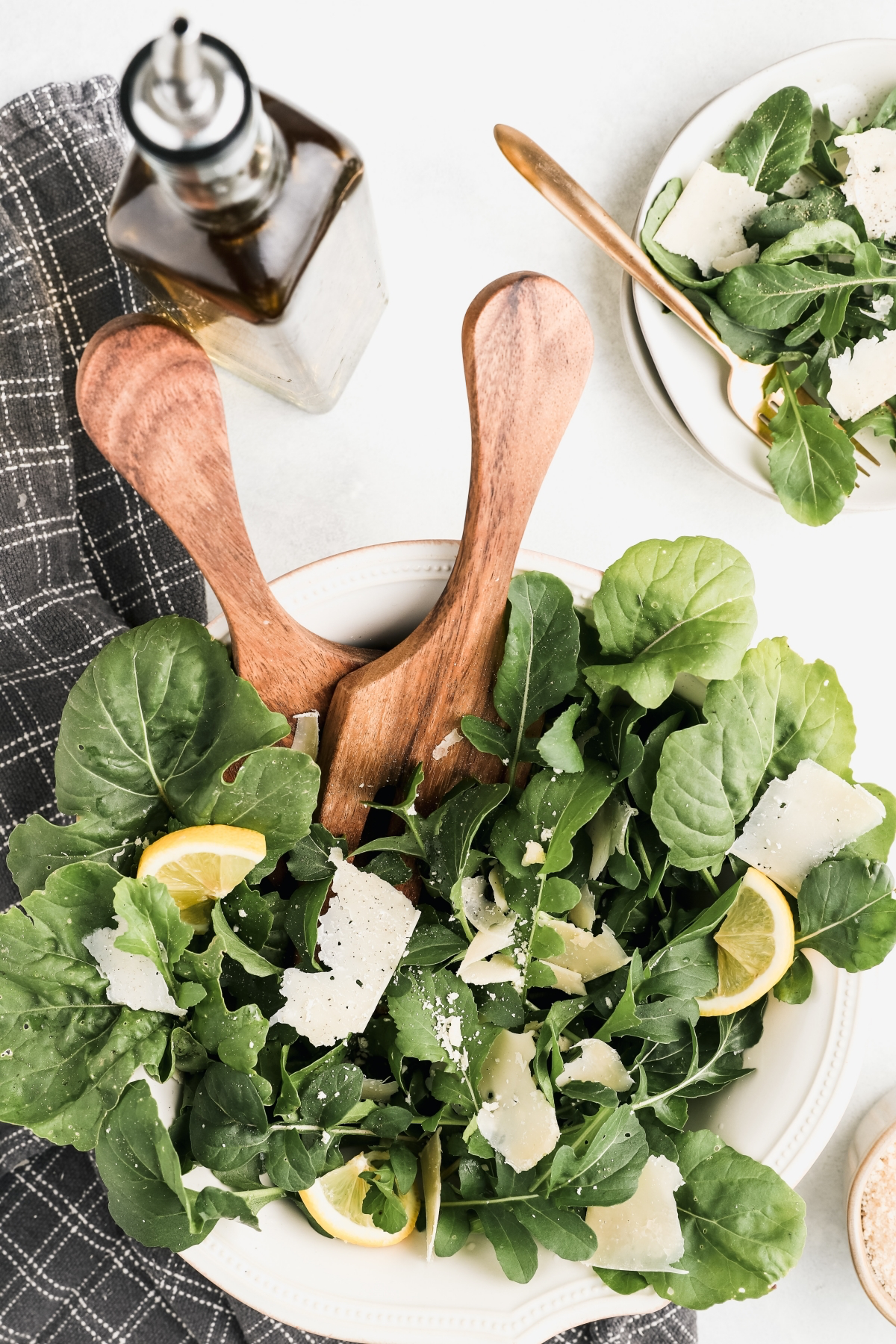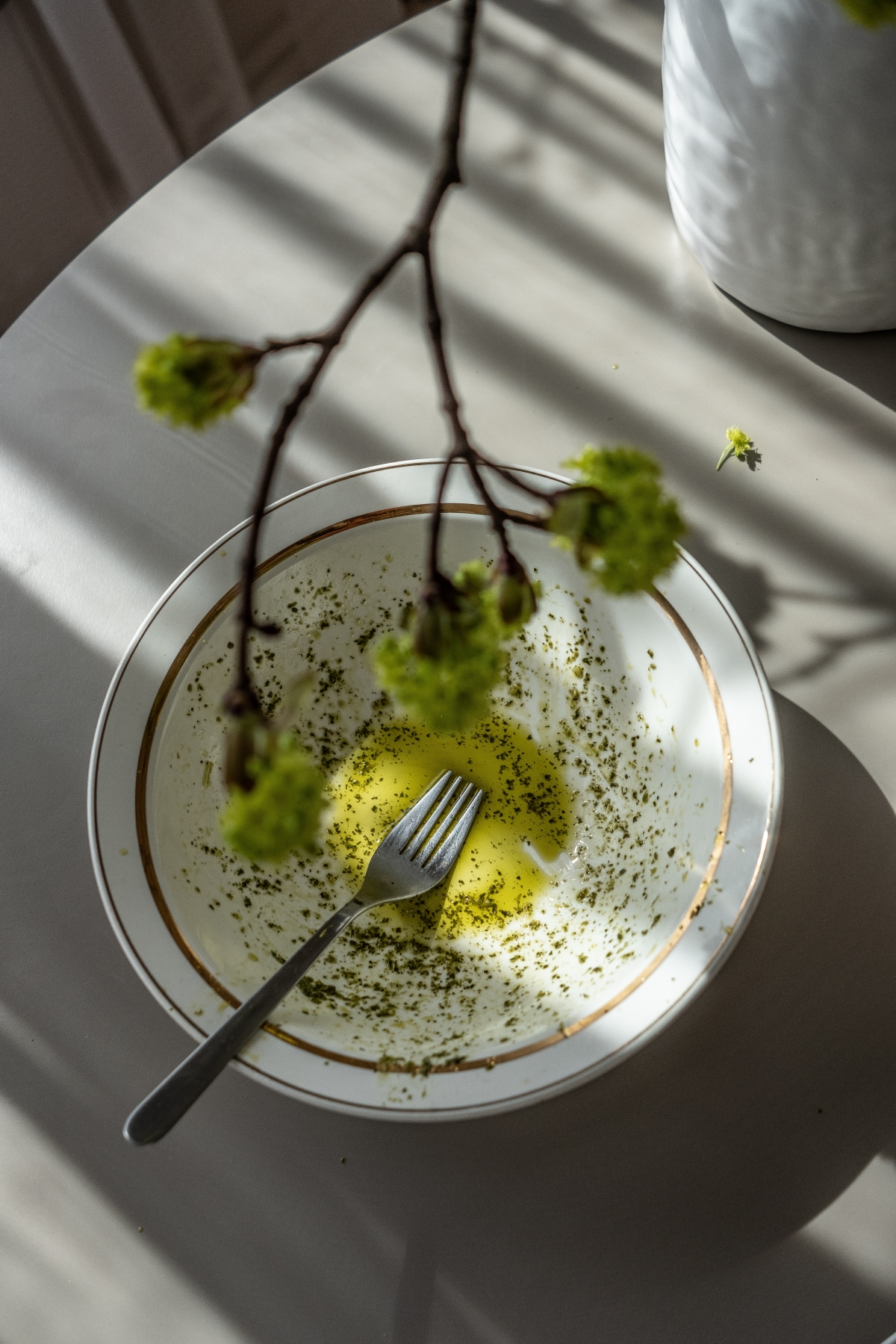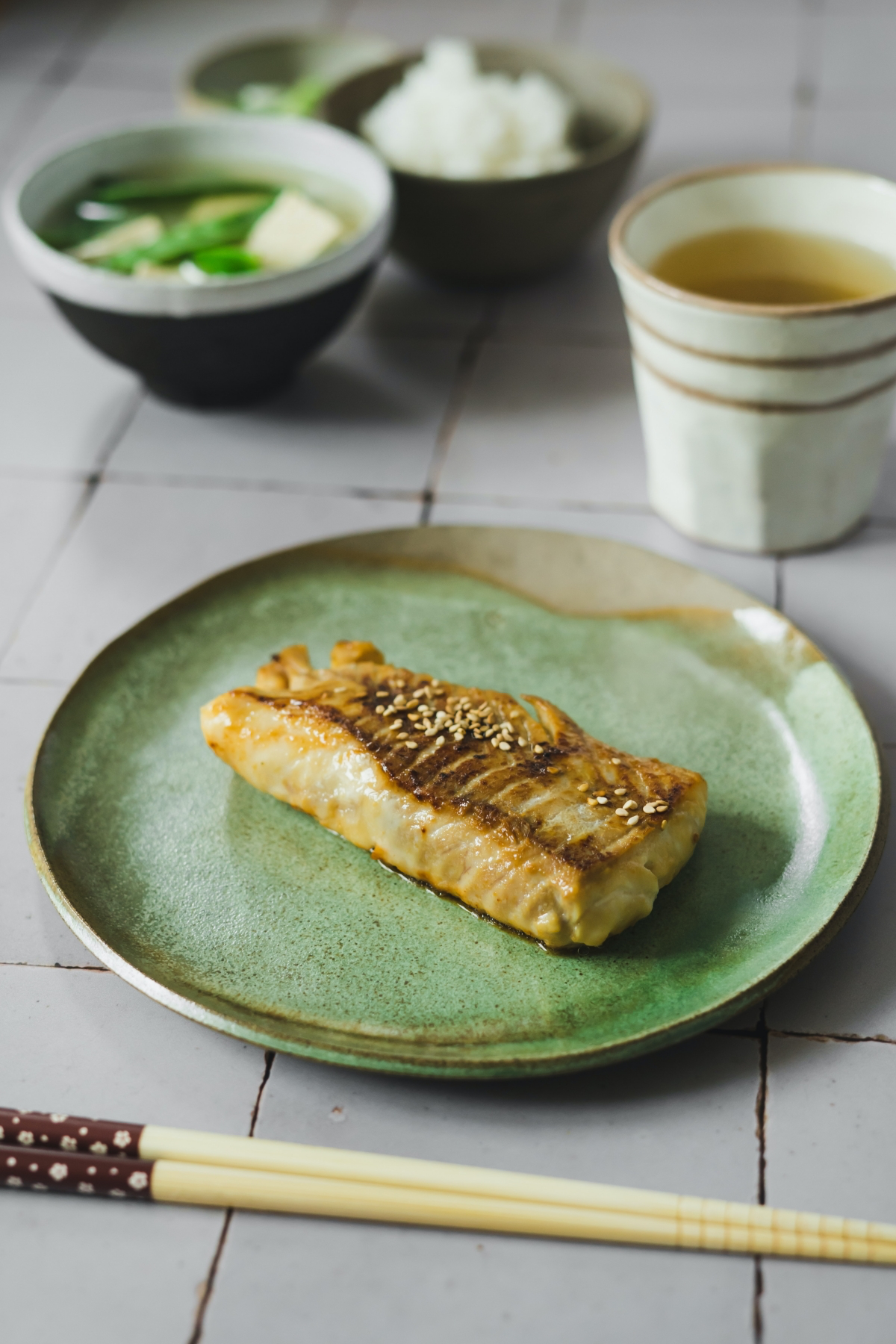The Real-Talk Guide to Fertility-Friendly Eating
If you’re trying for a baby, it feels like everyone and their mother has advice for you. And the internet? It’s a chaotic mess of “miracle foods” and conflicting lists that just adds to the stress. I get it. The question I hear most often is simple: “What should we actually be eating? Does any of this stuff work?”
In this article
So let’s cut through the noise. I want to share the foundational knowledge that actually moves the needle, based on what we know about how the body works.
First, a reality check. Diet isn’t a magic wand. It can’t fix everything, like certain structural or genetic issues. But think of it like tending a garden. You can’t force a seed to sprout, but you can definitely create the most amazing, fertile soil to give it the best possible chance. The food you eat has a direct line to your hormones, the quality of both egg and sperm, and your overall reproductive health. This isn’t about a crazy restrictive diet; it’s about consistently giving your body the right building blocks.

Oh yeah, and here’s a huge motivator: it takes about 90 days for an egg to mature. That means the food choices you make today are directly influencing the eggs you’ll have available in about three months. The same goes for sperm, which take around 74 days to develop. So the power to make a difference is literally on your plate, starting now.
First Things First: The “Why” Behind the Food
Before we even get to a grocery list, you need to understand two key concepts that can make or break your hormonal health: blood sugar and inflammation.
Keeping Your Blood Sugar Chill
Your hormone system is incredibly sensitive, and one of the biggest things that throws it off balance is insulin. When you eat a donut or a bowl of sugary cereal, your blood sugar skyrockets. Your body then releases a flood of insulin to deal with all that sugar.
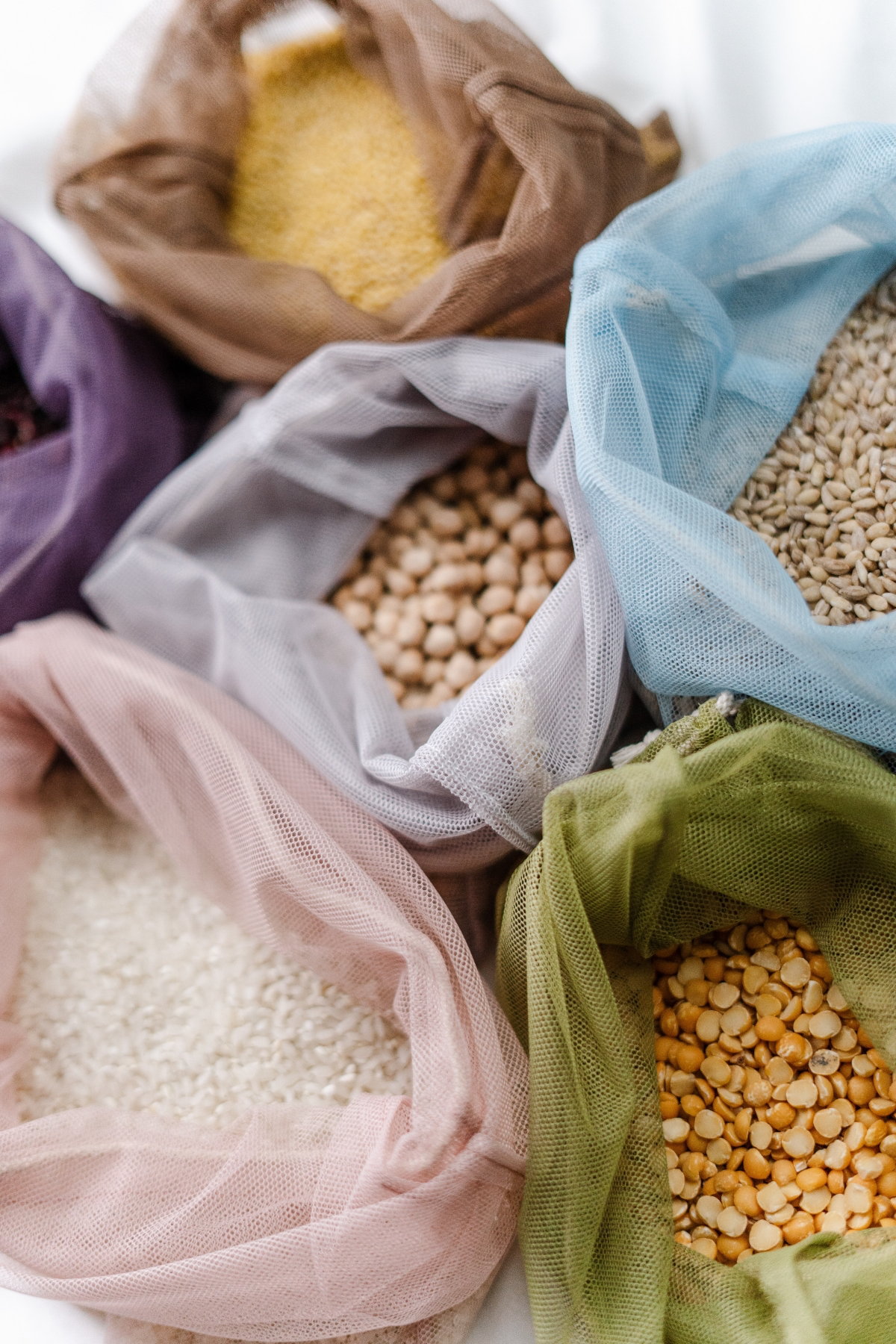
Here’s the problem: when this happens all the time, your body can become less responsive to insulin. This is a big deal for fertility. The ovaries actually have insulin receptors, and when they’re bombarded with too much, it can signal them to produce more androgens (like testosterone) and mess up the delicate hormonal dance needed for ovulation. It’s a key factor in conditions like PCOS, but honestly, even without a formal diagnosis, that blood sugar rollercoaster can disrupt anyone’s cycle.
Putting Out the Inflammatory Fire
A little bit of inflammation is good—it helps your body heal. But chronic, low-grade inflammation is like having a constant, low-level stress signal running in the background. For fertility, this is bad news. It can damage the delicate DNA in both eggs and sperm (a process called oxidative stress) and create a hostile environment in the uterus that makes it harder for an embryo to implant. An anti-inflammatory diet helps calm everything down, creating a much more welcoming home for a potential pregnancy.
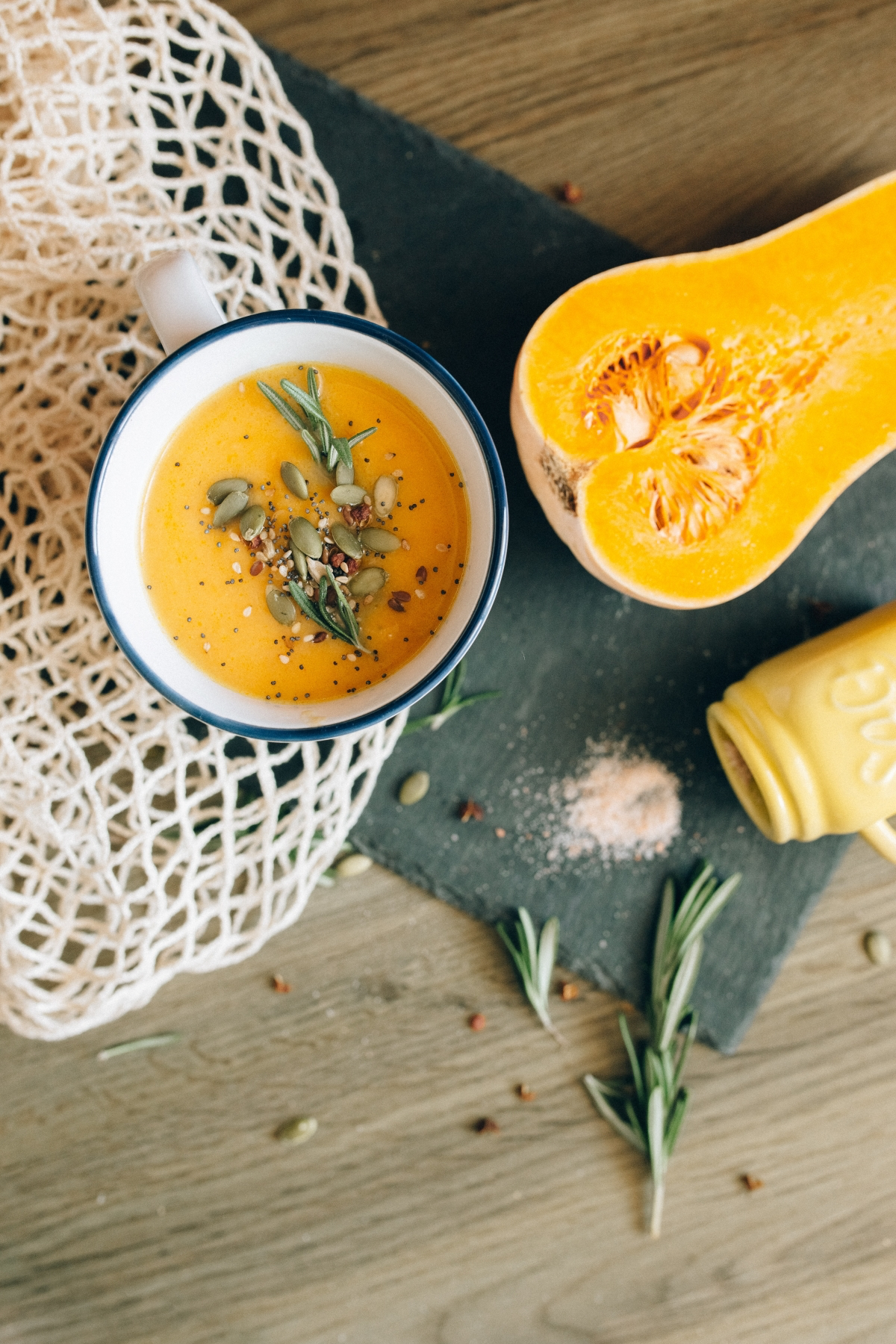
How to Build a Fertility-Friendly Plate
Forget chasing a single “superfood.” The pros think in terms of building a balanced meal every single time. It’s way easier than you think. Just imagine your plate.
Your goal is to fill half of it with colorful, non-starchy vegetables (think broccoli, spinach, bell peppers). Then, fill one quarter with a high-quality protein and the final quarter with a fiber-rich, complex carbohydrate. Finally, add a healthy fat to the mix. That’s the formula. It keeps your blood sugar stable and delivers a dose of anti-inflammatory goodness every time.
Carbs: Choose the Slow-Burn Kind
Carbs are not the enemy! The type of carb is what matters. You want complex carbs loaded with fiber. Fiber is your best friend because it slows down how quickly sugar hits your bloodstream, preventing those hormonal spikes. It also feeds good gut bacteria, which are surprisingly important for hormone balance.
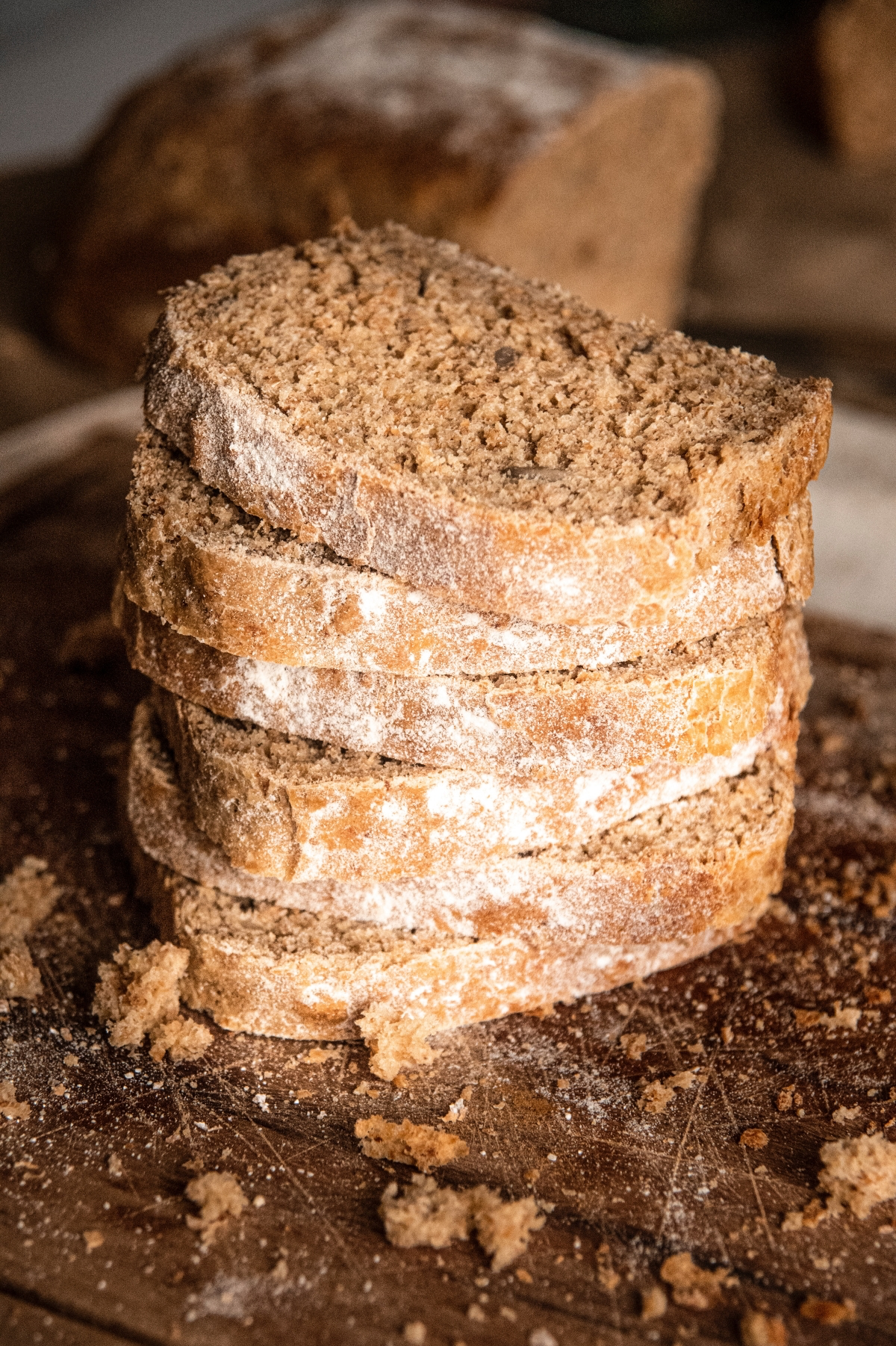
- Your Go-To List: Quinoa, rolled oats, sweet potatoes, brown rice, beans, and lentils.
- Quick Swaps for Big Impact:
- Instead of sugary breakfast cereal, try a bowl of oatmeal topped with berries and walnuts.
- Instead of white bread for a sandwich, use a hearty whole-grain or sourdough bread.
- Instead of white pasta, try pasta made from chickpeas or lentils—you can find these at most grocery stores now, often for around $3-$4 a box.
Protein: The Essential Building Blocks
Protein provides the amino acids needed to build… well, everything! Including healthy eggs and sperm. And where you get your protein from really matters.
- Plant Power: Beans, lentils, and chickpeas are all-stars. They deliver protein and fiber, which is the ultimate combo for blood sugar control. Major studies have shown that getting more protein from plants is linked to better ovulatory function.
- Fatty Fish: Aim for two servings a week of low-mercury, fatty fish like wild-caught salmon, sardines, or anchovies. They’re packed with anti-inflammatory omega-3 fats. A can of sardines is a super cheap and easy way to get this in.
- A Note on Meat: If you eat meat, quality matters. Choose organic, pasture-raised chicken and grass-fed beef when you can. Red meat is an amazing source of easily absorbed heme iron, but it’s best in moderation because of its inflammatory potential. A good rule of thumb is to enjoy one serving of high-quality red meat per week to get the iron without overdoing it.
- Don’t Skip the Yolks: Eggs are fantastic, and the yolk is the most nutritious part! It’s full of choline, which is crucial for a baby’s brain development.
Healthy Fats: Your Hormone-Making Factory
Your body literally cannot make reproductive hormones without fat. But it has to be the right kind.
- The Good Guys: Monounsaturated fats from avocados, olive oil, nuts, and seeds are amazing for reducing inflammation. Quick tip: Use extra virgin olive oil for dressings and drizzling, but use avocado oil for high-heat cooking since it has a higher smoke point.
- Omega-3s: Besides fish, you can get these from walnuts, chia seeds, and flaxseeds. A super easy trick is to add a tablespoon of ground flaxseed to your smoothie or oatmeal each morning. It has to be ground, or your body can’t access the nutrients.
- The One to Avoid (Seriously): Trans fats are a fertility disaster. They’re often listed as “partially hydrogenated oils” on labels for things like commercial baked goods, some margarines, and fried foods. Even small amounts are strongly linked to inflammation and ovulation problems. This one is non-negotiable.
Let’s Talk About… Coffee, Dairy, and Soy
These three come up all the time, and the advice is all over the place. Let’s clear it up.
Coffee: The general consensus is that a little is okay. One small cup of coffee a day (under 200mg of caffeine) seems to be fine for most people. The problem is when it becomes multiple large cups, which can mess with your nervous system and sleep. If you’re sensitive, it might be best to switch to decaf or herbal tea.
Dairy: This is highly individual. For some, full-fat dairy from grass-fed cows can be a great source of fat-soluble vitamins. For others, dairy can be inflammatory. A good middle ground? Swap your sugary, low-fat flavored yogurt for plain, full-fat Greek yogurt, which is packed with protein and has less sugar.
Soy: This is another confusing one. Whole, organic soy foods like tofu, tempeh, and edamame, eaten in moderation, are generally considered safe and even beneficial. It’s the highly processed soy isolates found in protein bars and powders that you might want to be more cautious with.
What This Looks Like in a Day
So how do you put this all together? It’s less complicated than it sounds. Here’s a sample day:
- Breakfast: A blood-sugar-balancing smoothie. Blend a handful of spinach, 1/2 a frozen banana, a scoop of unsweetened protein powder, a tablespoon of almond butter, and unsweetened almond milk. (See? Protein + Fat + Fiber/Greens!)
- Lunch: A big salad with mixed greens, grilled chicken or a can of chickpeas, lots of chopped veggies, a quarter of an avocado, and a simple olive oil and lemon juice dressing.
- Dinner: A filet of baked salmon with a side of roasted sweet potato and a big serving of steamed broccoli drizzled with olive oil.
Don’t Forget the Guys!
Fertility is a team sport! Sperm health is just as important, and it’s very responsive to nutrition. The same rules apply: an anti-inflammatory diet rich in antioxidants is key.
A quick shopping list to boost sperm health could include things like:
- Walnuts and Pumpkin Seeds: Great sources of zinc and omega-3s.
- Oysters: The absolute king of zinc, which is critical for sperm formation.
- Citrus Fruits and Berries: Packed with Vitamin C, a powerful antioxidant.
- Lentils and Beef: Both provide zinc and other essential minerals.
- Brazil Nuts: Just one or two a day provides all the selenium needed to protect sperm. Don’t overdo it!
Feeling Overwhelmed? Start Here.
Reading all this can feel like a lot. If you don’t know where to begin, don’t try to change everything at once. Small, consistent changes are what lead to big results.
Try committing to just these three things this week:
- Add one tablespoon of ground flaxseed to your breakfast every morning.
- Swap one thing: Change your usual white bread, pasta, or rice for a 100% whole-grain version.
- Eat one extra serving of leafy greens a day. Toss a handful of spinach in your smoothie, have a side salad with lunch, whatever works.
That’s it. You can build from there.
A Quick But Important Disclaimer
This information is here to empower you, but it’s not a replacement for professional medical care. If you’ve been trying to conceive for over a year (or six months if you’re over 35), please see a doctor. They can run tests to find any underlying issues that diet alone can’t solve.
And please, be kind to yourself. The pressure to be “perfect” can add so much stress, and stress itself is bad for fertility. If you have a piece of birthday cake, enjoy every bite and get back on track with your next meal. Consistency is always more important than perfection. You’ve got this.
Inspirational Gallery with Photos
Isn’t folate the same as the folic acid in my prenatal vitamin?
Not quite. While related, they’re different. Folic acid is the synthetic form found in most supplements and fortified foods. Folate is the natural, active form found in foods like leafy greens, lentils, and avocados. Some people have a genetic variation (MTHFR) that makes it harder to convert folic acid into its usable form. That’s why many practitioners now recommend prenatals with the active form, L-methylfolate, from brands like Thorne or Garden of Life, to ensure your body gets what it needs for healthy cell division.
A 2018 study published in the journal ‘Human Reproduction’ found that women adhering to a Mediterranean-style diet had a 65-68% higher likelihood of achieving a successful pregnancy after IVF treatment.
This powerful eating pattern—rich in fish, olive oil, legumes, and vegetables—is a real-world example of how to combat inflammation and stabilize blood sugar. It’s less of a ‘diet’ and more of a sustainable, hormone-happy lifestyle that you can both enjoy together.
- Swap white rice and pasta for quinoa or brown rice.
- Swap sugary yogurt for full-fat, plain Greek yogurt (add your own berries).
- Swap vegetable oil for avocado oil for high-heat cooking or extra virgin olive oil for dressings.
- Swap that second or third coffee for herbal teas like rooibos or peppermint.
Don’t forget the simplest nutrient: Water. Proper hydration is critical for everything from producing healthy cervical mucus—which helps sperm travel to the egg—to supporting optimal blood flow to the uterus and ovaries. It also helps your body absorb all the other wonderful nutrients you’re eating. Aim for at least 2 liters of filtered water daily. It’s the foundation upon which all other nutritional advice is built.
Your gut is home to trillions of bacteria, and this microbiome plays a surprisingly large role in regulating estrogen levels. An imbalanced gut can contribute to hormonal chaos. Incorporating probiotic-rich foods like plain kefir, kimchi, and sauerkraut, along with high-fiber prebiotic foods (like asparagus, garlic, and onions), can help create a healthy gut environment that supports a balanced reproductive system.
- It can improve egg quality, especially in women over 35.
- It is shown to enhance sperm motility and concentration.
- It fuels the energy production within every single cell.
The superstar nutrient behind these benefits? Coenzyme Q10. This potent antioxidant is like a battery charger for your cells’ mitochondria, including the energy-demanding egg and sperm cells. While your body produces it, levels naturally decline with age. You can find it in foods like organ meats and fatty fish, or consider a high-quality supplement like Ubiquinol.
For Him: A diet rich in antioxidants like Vitamin C (bell peppers, citrus), zinc (oysters, pumpkin seeds), and lycopene (cooked tomatoes) can protect sperm from damage and improve count and motility.
For Her: Healthy fats (avocado, olive oil), iron-rich proteins (lentils, grass-fed beef), and folate (leafy greens) are crucial for building a healthy uterine lining and supporting ovulation.
Ultimately, this is a team sport. Adopting these changes together not only improves outcomes but also strengthens your partnership during the journey.
Male factors are solely responsible for about 20-30% of infertility cases and contribute to another 50% of cases overall.
Don’t just eat your greens—eat the whole rainbow. Different colored plant foods contain unique phytonutrients and antioxidants that protect egg and sperm cells from oxidative stress. A vibrant plate is a sign of a nutrient-dense meal.
- Red: Tomatoes (lycopene), raspberries
- Orange/Yellow: Sweet potatoes (beta-carotene), bell peppers
- Green: Spinach, kale, broccoli (folate, iron)
- Blue/Purple: Blueberries, beets (anthocyanins)
Does eating for fertility have to be expensive?
Not at all! While organic and grass-fed are ideal if they fit your budget, consistency with whole foods is what truly matters. Focus on affordable staples like lentils, beans, and oats. Buy frozen fruits and vegetables, which are just as nutritious as fresh. And remember that a simple can of wild-caught sardines is a budget-friendly powerhouse of Omega-3s and Vitamin D.

